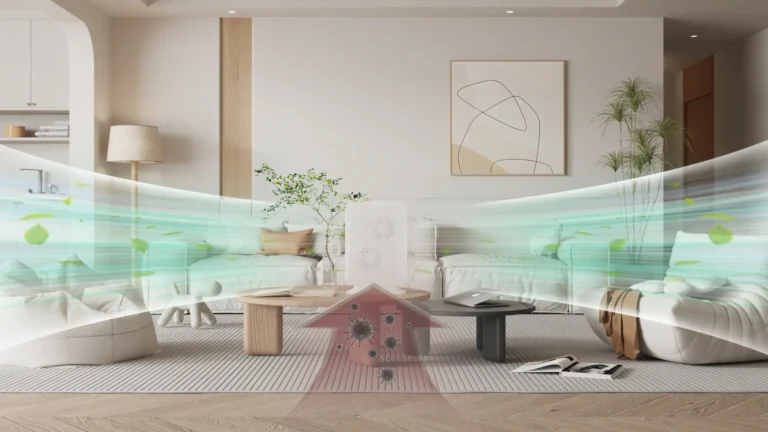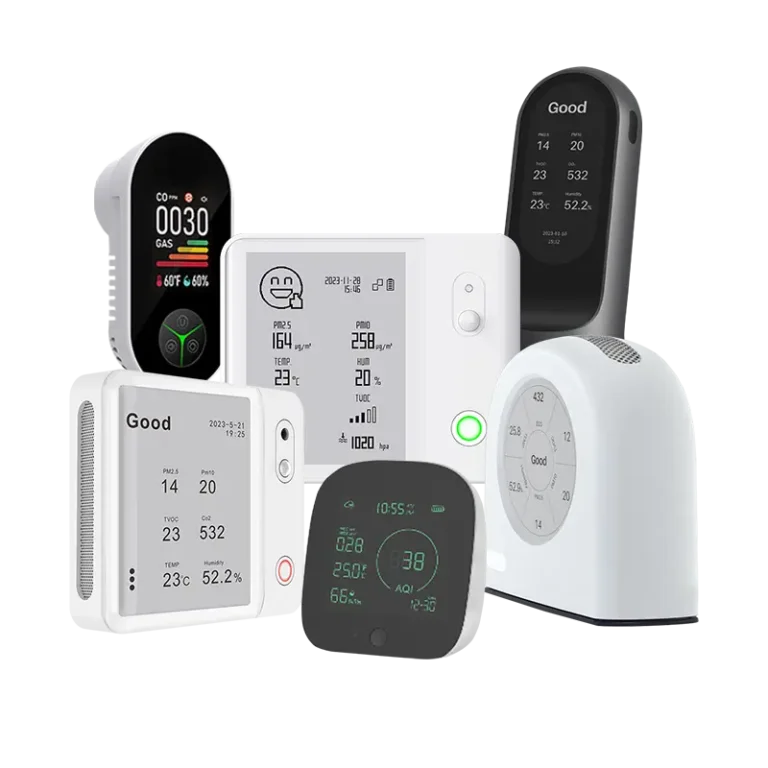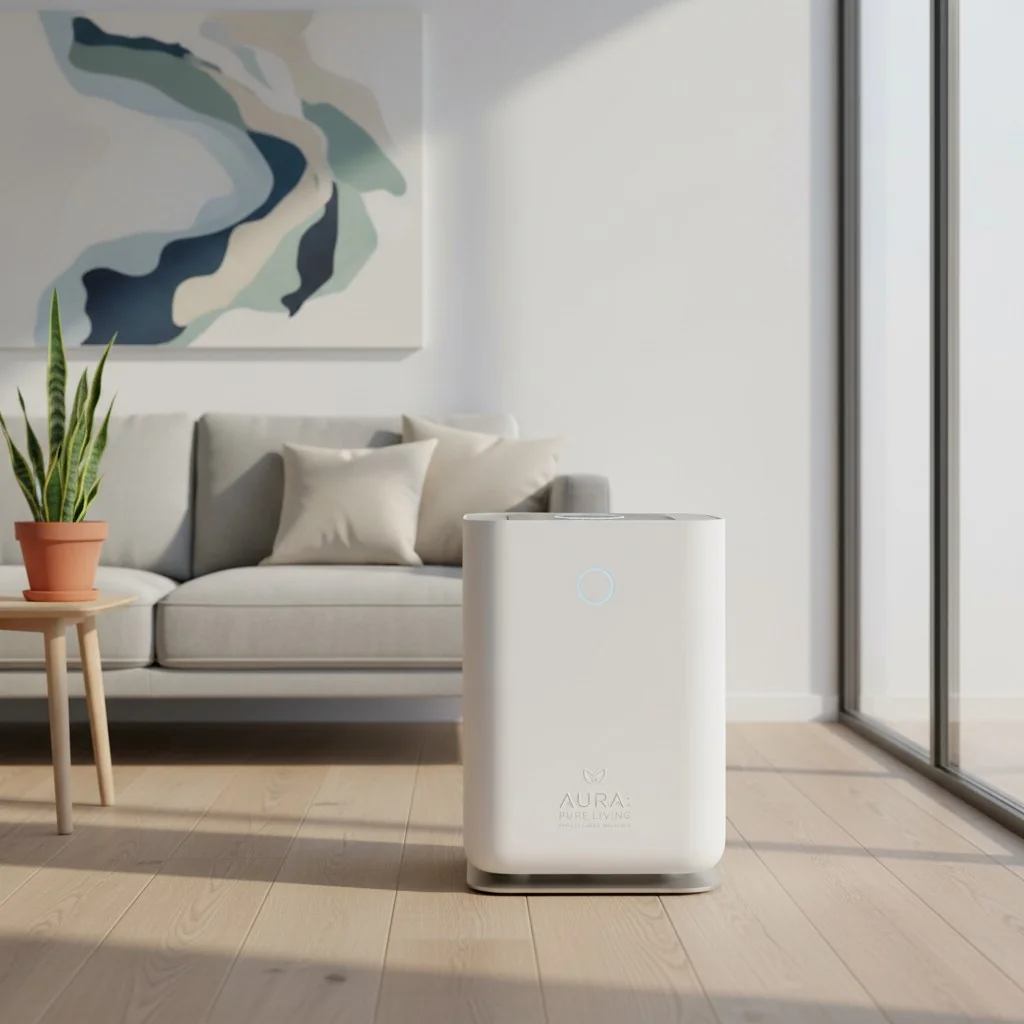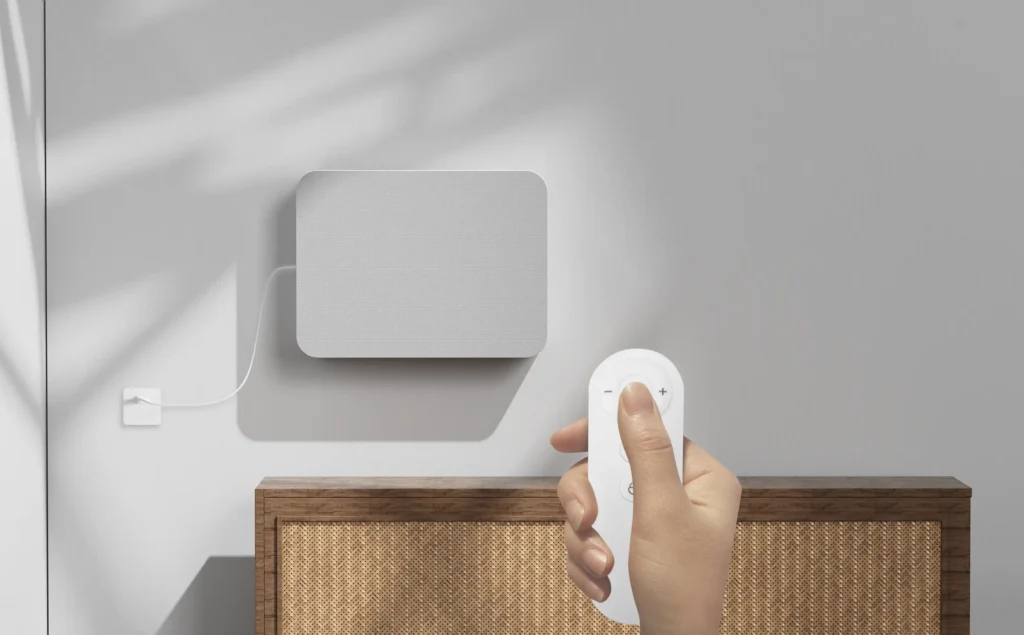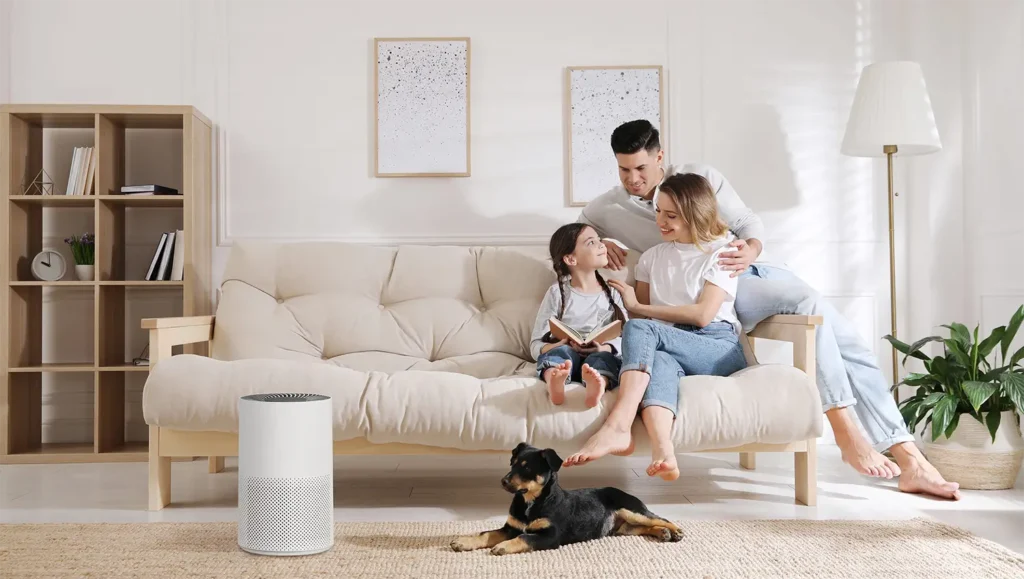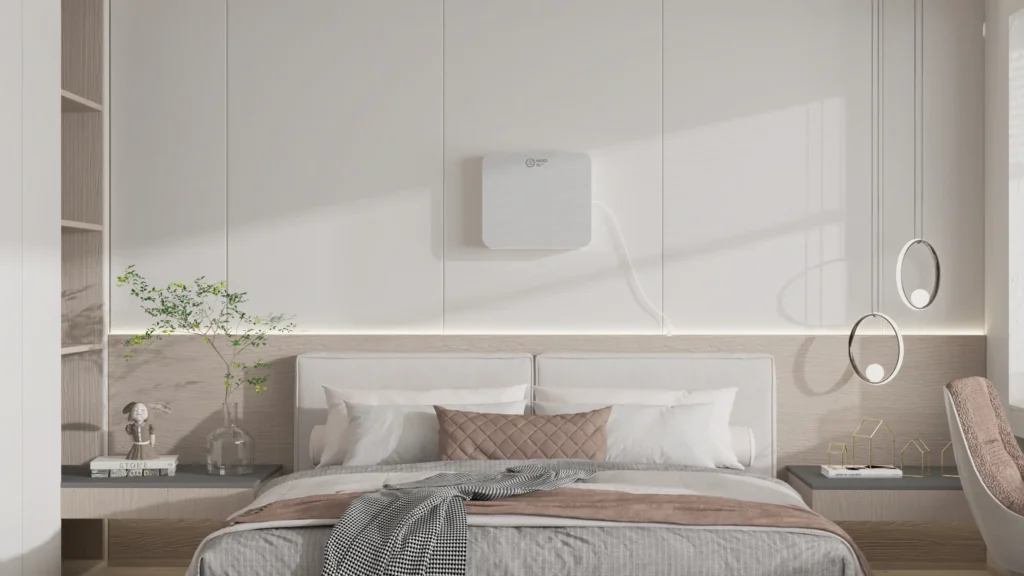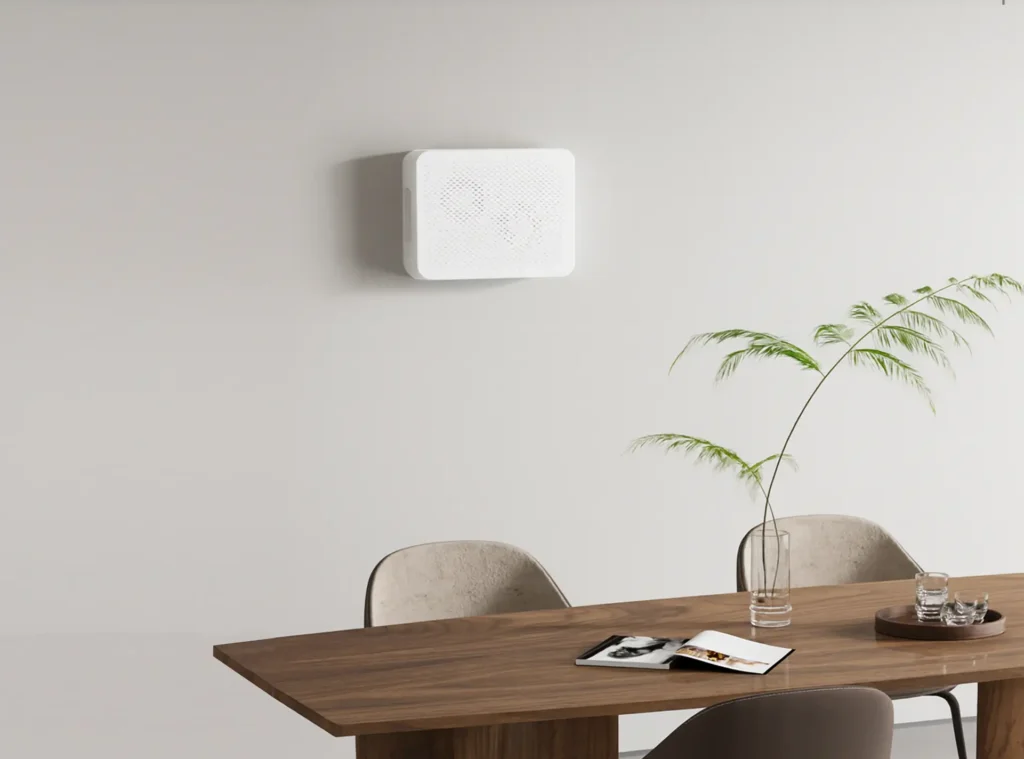The air we breathe profoundly impacts our health and well-being. As global awareness of indoor air quality (IAQ) continues to rise, driven by increasing pollution levels and health concerns, the air purification industry is undergoing a significant transformation. What was once considered a niche market is now a rapidly expanding sector, projected to reach USD 30,078.4 million by 2033, growing at a CAGR of 6.6% from 2025 [1]. This growth is fueled by a confluence of factors, including urbanization, industrialization, and a heightened focus on respiratory health, especially in the wake of global health events. As we look towards 2025, several key trends are poised to redefine the landscape of air purification, moving beyond simple filtration to embrace intelligence, integration, and superior performance. This blog post will delve into these emerging trends, offering insights into the future of clean air solutions.
Smart Air Purifiers with Advanced Connectivity
The modern consumer no longer seeks just a functional home appliance; they demand smart devices that seamlessly integrate into their connected lives. In 2025, this demand will push smart air purifiers with advanced connectivity to the forefront of the industry. The evolution from standalone units to intelligent, data-collecting devices is a pivotal shift. Users expect to control their air purifiers remotely, monitor air quality in real-time, and receive personalized insights through intuitive mobile applications. This trend is not merely about convenience; it's about empowering users with actionable data and control over their indoor environment.
The integration of Matter certification is a game-changer in this regard. As a unified, open-source connectivity standard, Matter addresses the long-standing frustration of fragmented smart home ecosystems. With Matter-certified products, air purifiers can effortlessly connect and communicate with major smart home platforms like Apple Home, Google Home, and Amazon Alexa. This eliminates compatibility issues, simplifying setup and enhancing the user experience. The ability to integrate air purification into broader smart home routines—such as automatically increasing fan speed when indoor air quality deteriorates or linking with smart thermostats for optimized climate control—will become a standard expectation, not a luxury. This seamless interoperability transforms the air purifier from a single-purpose device into an integral component of a holistic smart home system, offering unparalleled convenience and efficiency.

(HisoAir - Air Purification System)
From Device to Comprehensive Air Purification System
Beyond being a mere device, the air purifier of 2025 will evolve into a comprehensive air purification system. This transformation is driven by the consumer's need for greater visibility and understanding of their indoor air quality. Multi-sensor capabilities will be central to this evolution, allowing systems to not only purify air but also to continuously monitor, analyze, and provide actionable insights into air quality. These advanced systems will incorporate a suite of sensors capable of detecting various pollutants, including particulate matter (PM2.5, PM10), volatile organic compounds (VOCs), carbon dioxide (CO2), and even allergens.
The data collected by these multi-sensors will be presented to users through detailed dashboards and reports, making the invisible threat of air pollution visible and understandable. This data-driven approach will enable users to track trends, identify pollution sources, and verify the effectiveness of their air purification efforts. Furthermore, these systems will leverage artificial intelligence and machine learning to interpret data, predict potential air quality issues, and proactively adjust purification settings. For instance, an air purification system might learn a household's daily routines and pre-emptively increase filtration during cooking or cleaning activities. This shift from a reactive device to a proactive, intelligent system provides a holistic solution for maintaining optimal indoor air quality, empowering users with knowledge and control.
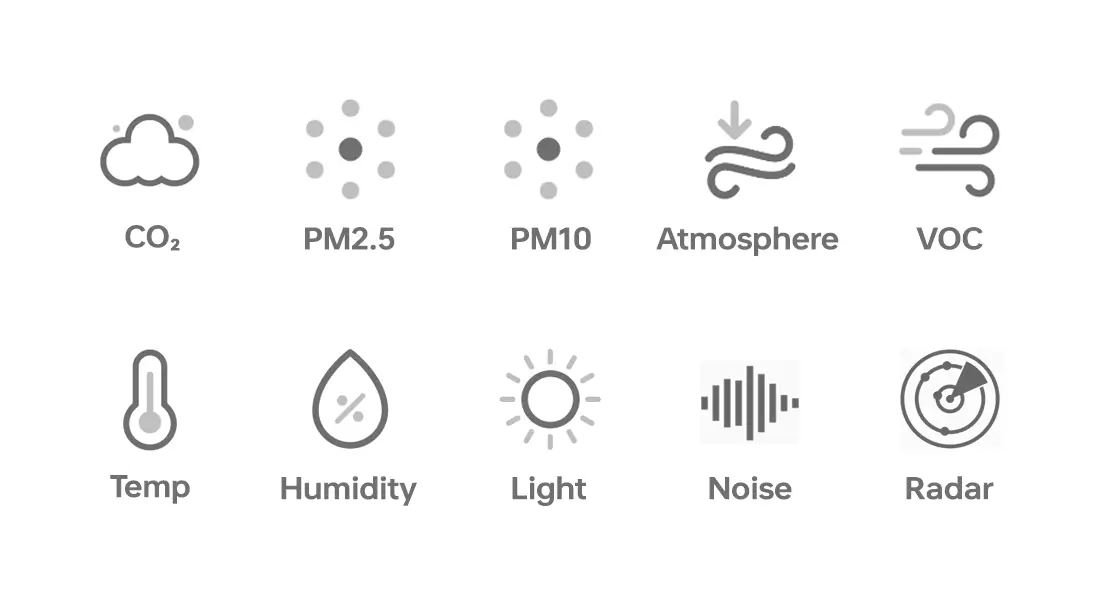
(HisoAir - Integrated Sensor Technology)
High Performance: Maximum Purification, Minimum Noise
The market in 2025 will increasingly demand high-performance air purifiers, moving away from small, cheap, noisy, and low CADR (Clean Air Delivery Rate) units. Consumers are becoming more educated about the effectiveness of air purification, understanding that a higher Air Change Per Hour (ACH) rate leads to better air circulation and more effective purification. This growing awareness will drive the demand for units that offer maximum purification with minimum noise levels.
Manufacturers will focus on engineering solutions that deliver superior CADR values while maintaining quiet operation. This involves advancements in fan design, motor technology, and acoustic dampening materials. The goal is to provide powerful air purification that doesn't disrupt daily life, whether in a home, office, or commercial setting. The emphasis will be on efficiency—achieving rapid and thorough air cleaning without excessive energy consumption or intrusive noise. This trend reflects a maturing market where performance and user comfort are paramount, leading to a premium on well-engineered, high-capacity air purifiers that can effectively handle larger spaces and higher pollution loads.
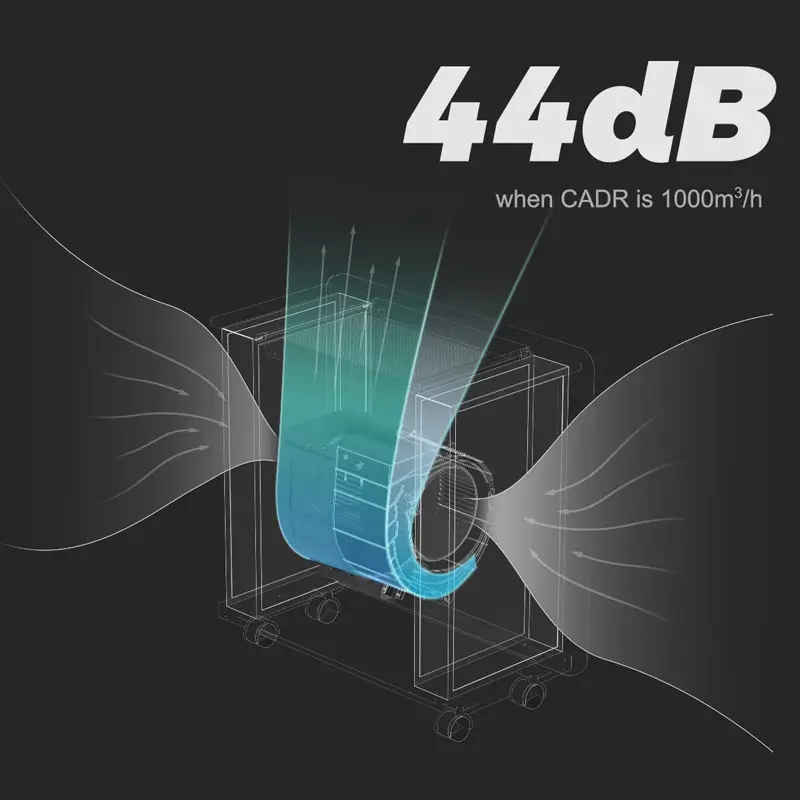
(HisoAir - Decibel Cancellation Technology)
Air Purification as a Significant Addition to HVAC Systems
Industry standards, such as the AHAM (Association of Home Appliance Manufacturers) standard and ASHRAE 241, increasingly emphasize the need for adequate air changes per hour (ACH) in various indoor spaces, including homes, offices, classrooms, and commercial establishments. These standards often recommend up to five air changes per hour, a feat that traditional HVAC (Heating, Ventilation, and Air Conditioning) systems alone often cannot achieve. This gap highlights a critical trend for 2025: air purification will become a significant and necessary addition to existing HVAC systems.
Air purifiers, especially high-performance standalone units or integrated solutions, can supplement HVAC systems to ensure that indoor spaces meet recommended ACH rates and maintain optimal air quality. This integration is crucial for creating truly clean air spaces, particularly in environments where high occupancy or specific activities contribute to elevated pollutant levels. The synergy between HVAC and dedicated air purification systems will be key to addressing the comprehensive air quality needs of modern buildings, moving beyond basic temperature control to encompass robust pollutant removal and continuous air circulation. This collaborative approach ensures that occupants benefit from both thermal comfort and superior indoor air quality, contributing to healthier and more productive environments.

(ヒソエア)
Technological Integration and Advancements
The air purification industry in 2025 will be characterized by the increasing application and integration of advanced technologies. These innovations are aimed at enhancing efficiency, extending product lifespan, and improving user experience.
One significant advancement is the development of high dust collection capacity filters. These filters are designed to capture a larger volume of particulate matter before becoming saturated, thereby expanding filter lifespan and reducing the frequency and cost of replacements. This not only offers greater convenience to users but also contributes to environmental sustainability by minimizing waste.
Another crucial development is the evolution of HEPA 14 filters and medical-grade filters. Traditionally, higher-efficiency filters often came with a trade-off of increased pressure drop, which could strain the air purifier's motor and reduce its overall efficiency. However, advancements in material science and filter design are leading to HEPA 14 and medical-grade filters with significantly lower pressure drop than before. This allows for higher filtration efficiency without compromising the air purifier's performance or increasing energy consumption, making them more viable for a wider range of applications, including residential settings.
Furthermore, as mentioned in the smart connectivity section, the newest connectivity standards like Matter certification are revolutionizing how air purifiers interact within the smart home ecosystem. By providing a unified and interoperable standard, Matter solves the long-standing problem of disparate smart devices from different manufacturers failing to communicate seamlessly. This means that a Matter-certified air purifier can be easily integrated into Apple Home, Google Home, Amazon Alexa, and other Matter-enabled platforms, offering users a truly cohesive and hassle-free smart home experience. This level of integration is crucial for user adoption and satisfaction, as it eliminates the frustration of managing multiple apps and incompatible devices.
These technological integrations—from improved filter longevity and efficiency to seamless smart home connectivity—underscore a broader trend towards more sophisticated, user-friendly, and effective air purification solutions. The industry is moving towards a future where air purifiers are not just functional appliances but intelligent, integrated components of a healthy and connected living environment.
結論
The air purification industry is on the cusp of a transformative era. In 2025, the dominant trends will revolve around intelligence, integration, and high performance. Smart air purifiers with advanced connectivity, particularly those leveraging Matter certification, will become the norm, offering seamless integration into smart home ecosystems. The evolution from a simple device to a comprehensive air purification system, complete with multi-sensor capabilities and data-driven insights, will empower users with unprecedented control and understanding of their indoor air quality. Furthermore, the demand for high-performance units that deliver maximum purification with minimum noise will drive innovation in fan design and filtration technology. Finally, air purification will solidify its role as an essential complement to HVAC systems, ensuring optimal air changes per hour in all indoor environments. These trends collectively point towards a future where clean, healthy indoor air is not just an aspiration but an achievable reality, driven by cutting-edge technology and a deeper understanding of our environmental needs.
References
[1] Grand View Research. (2025). Air Purifier Market Size And Trends | Industry Report, 2033. Retrieved from



